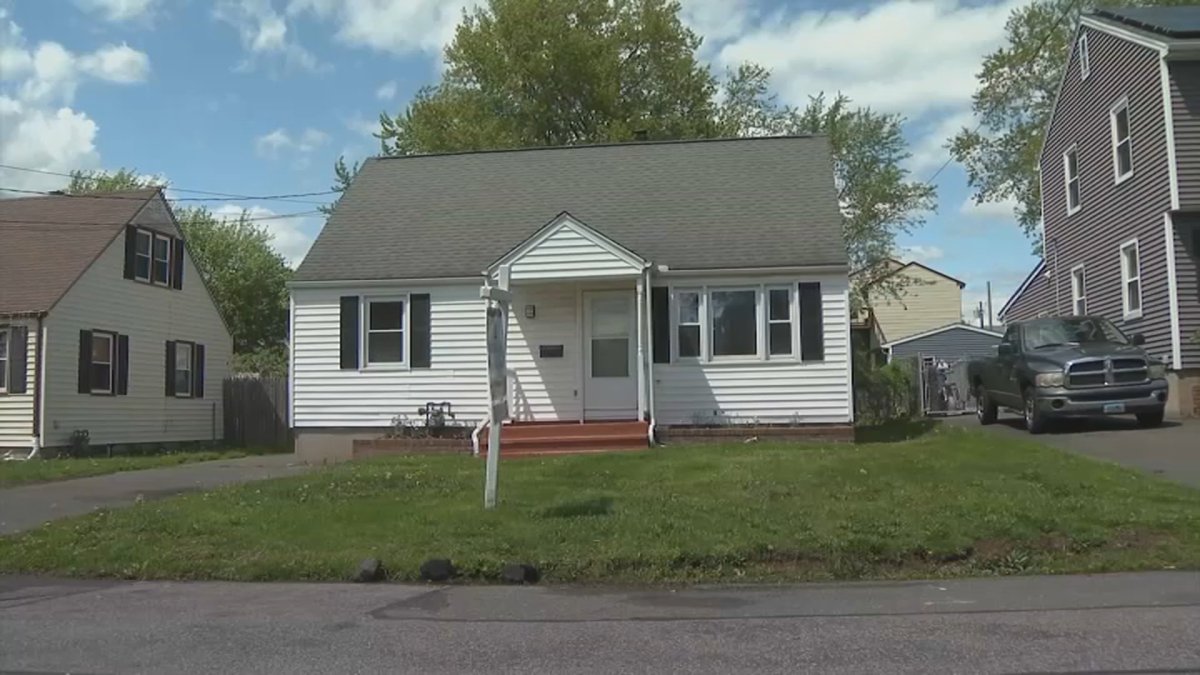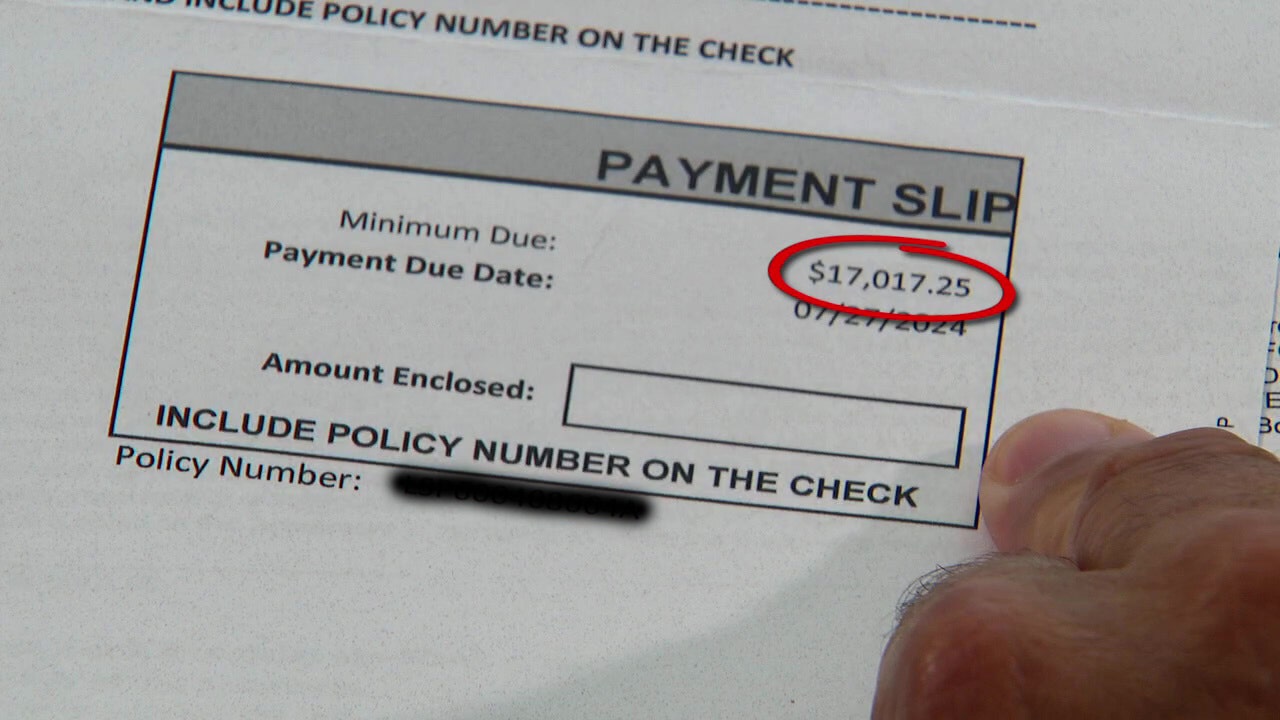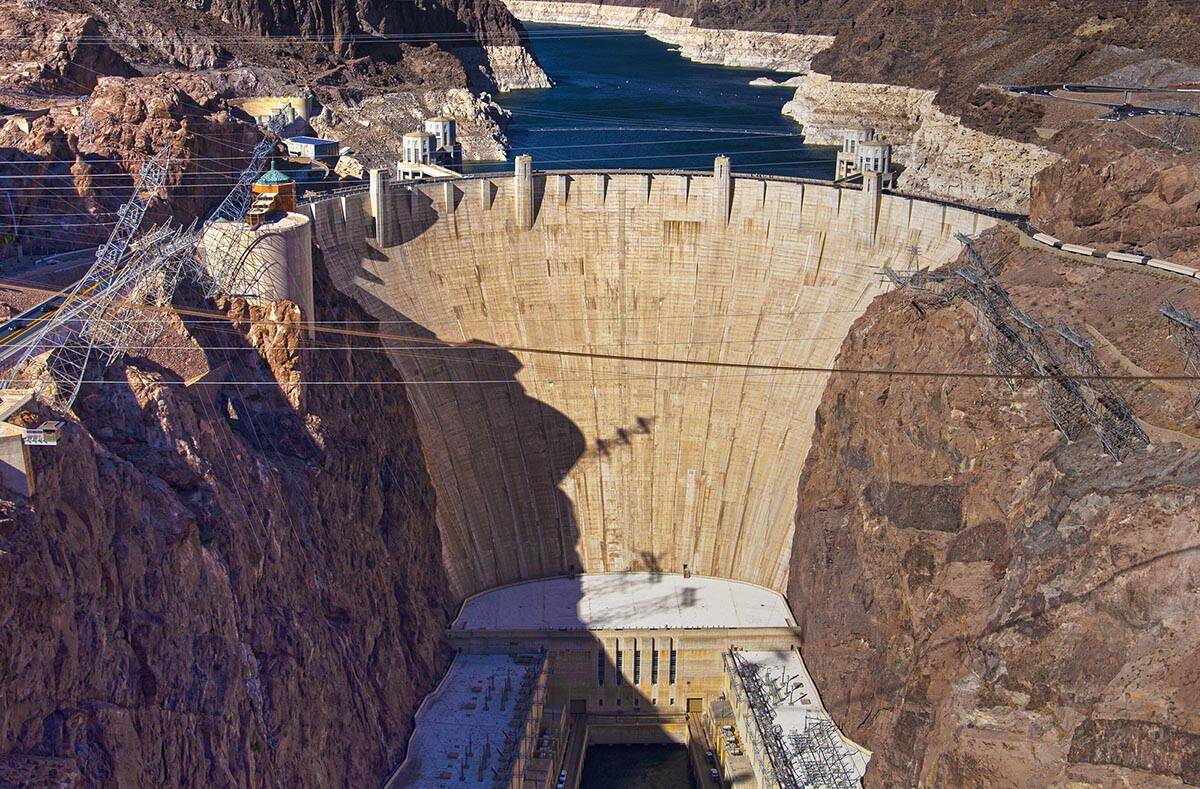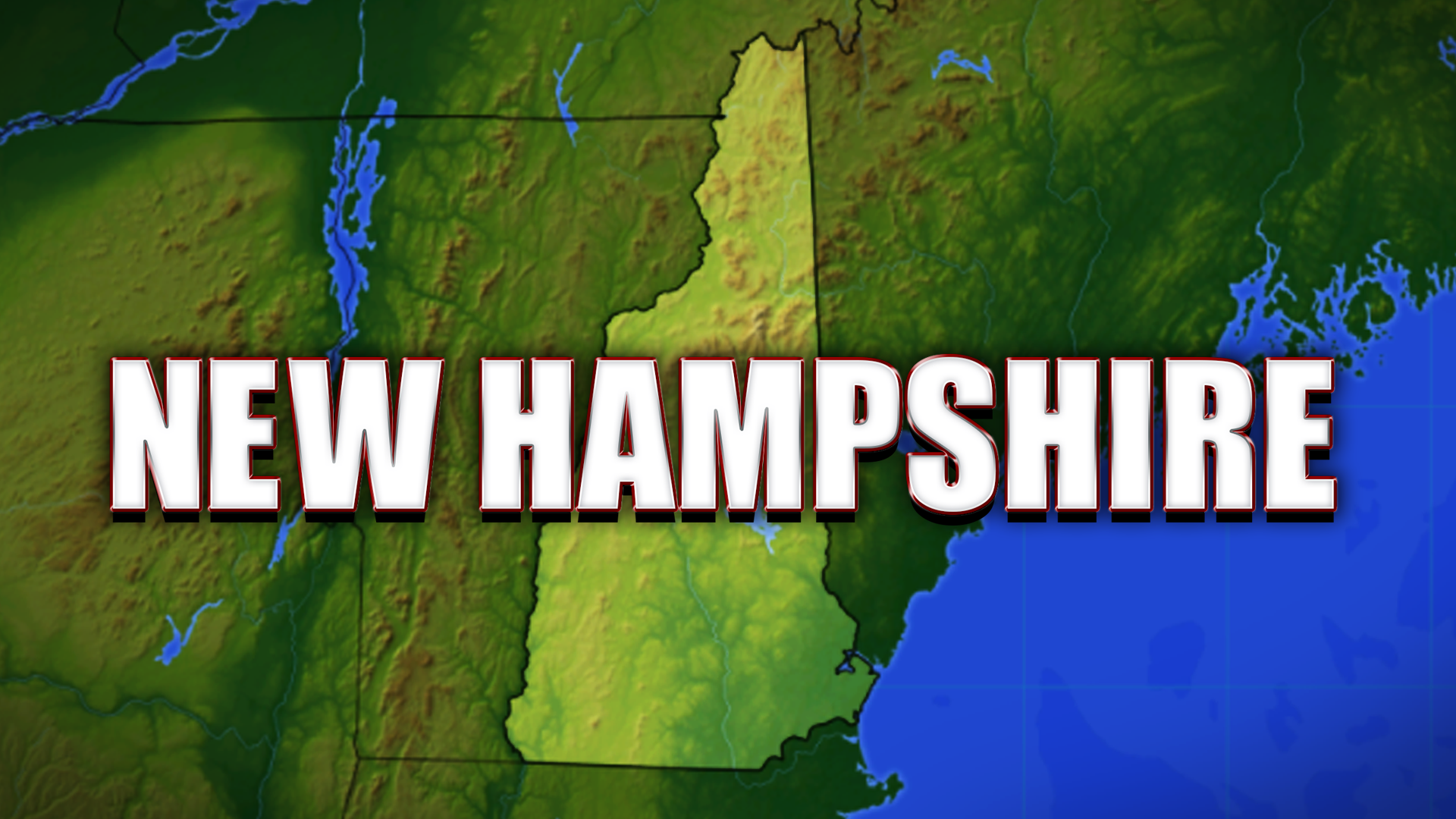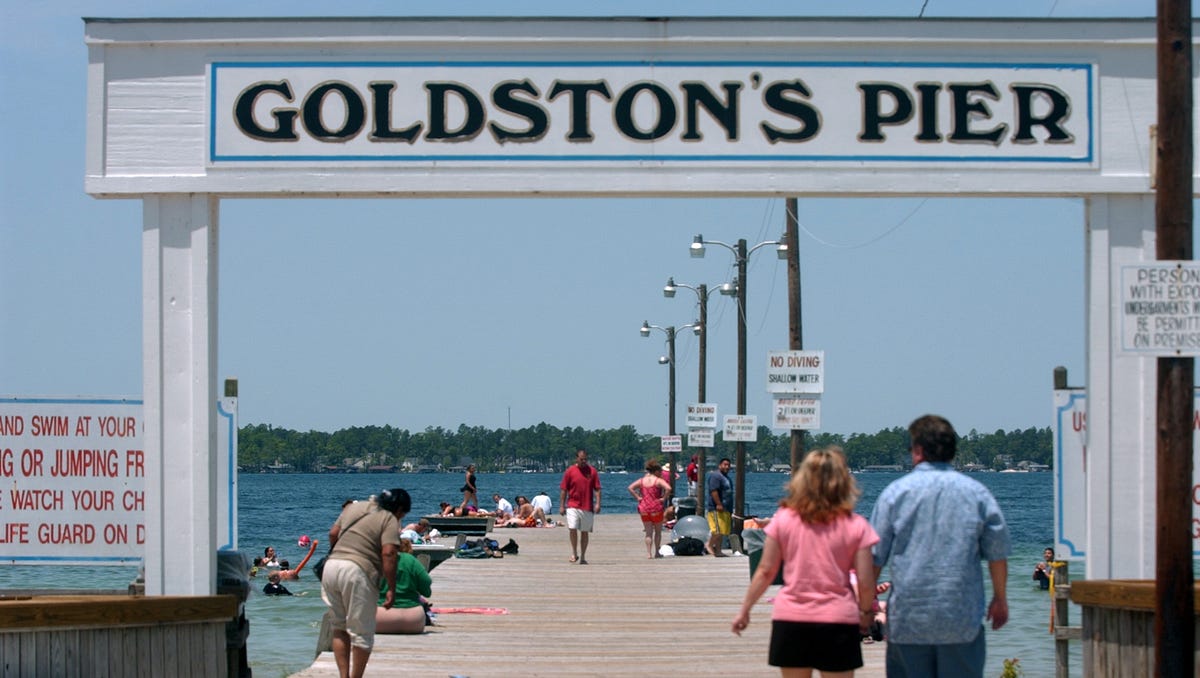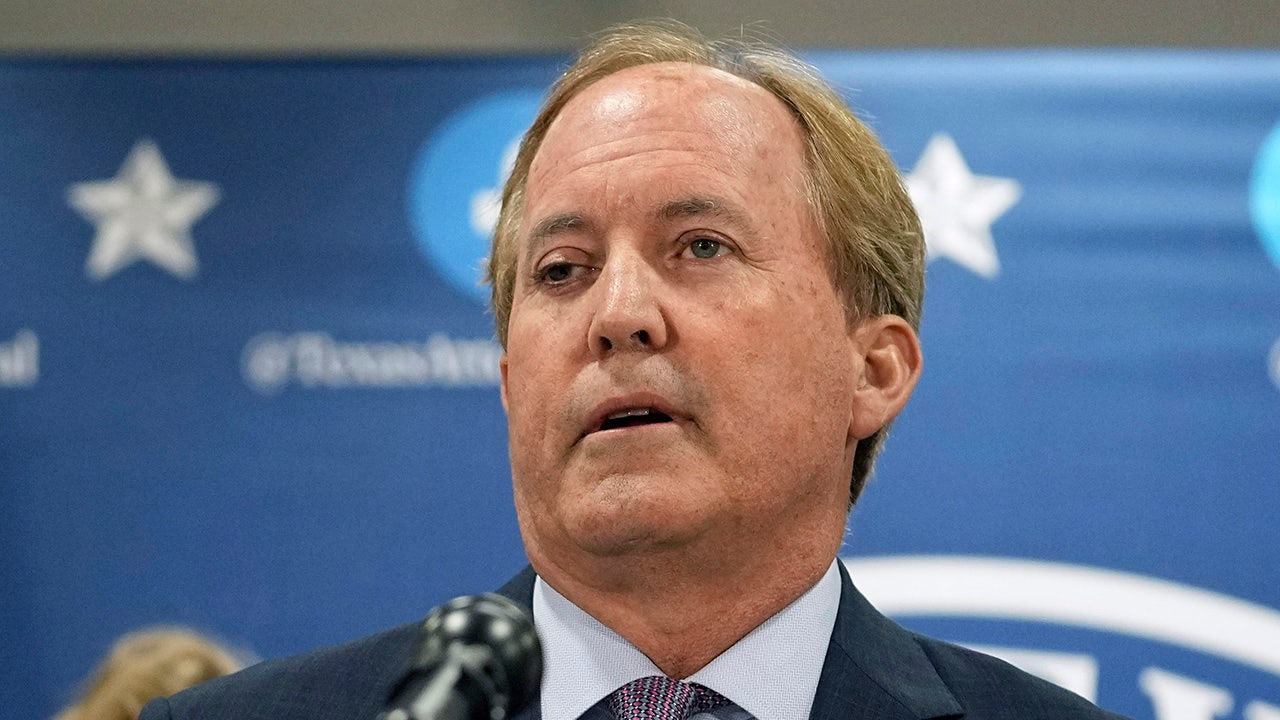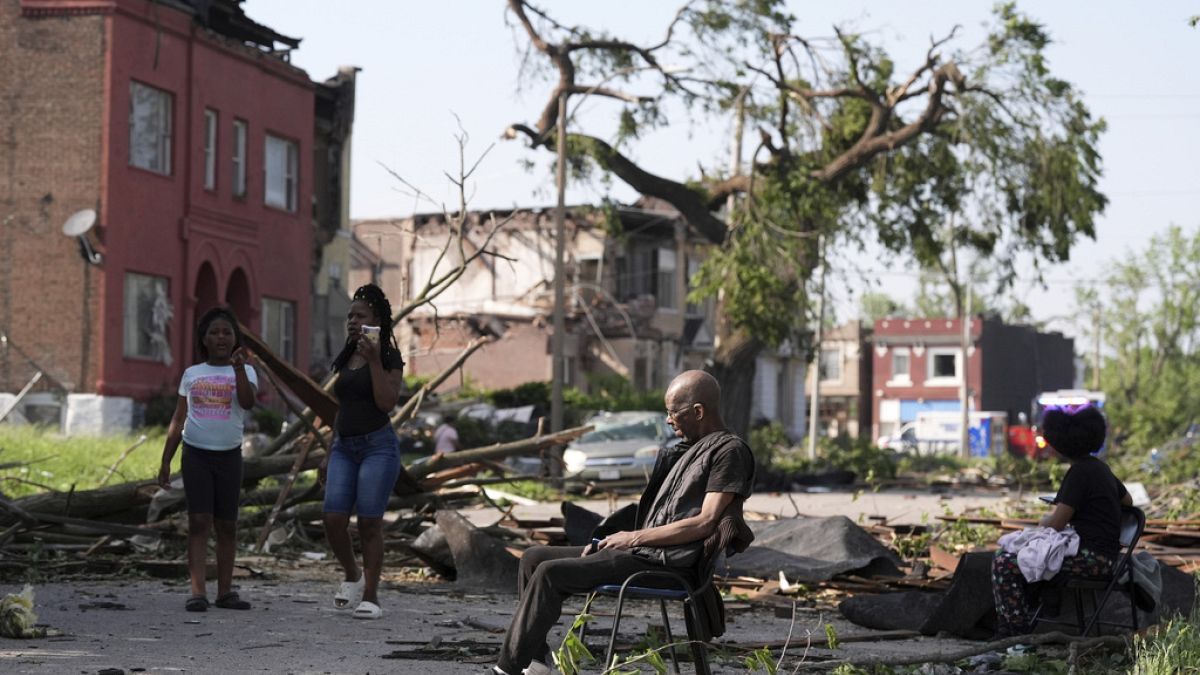Massachusetts
Editorial: Migrants overwhelm NYC – is Massachusetts next?

When will Gov. Maura Healey have her Eric Adams moment?
Healey has been adding help and housing options across the state as an influx of migrants continues unabated. But like New York City Mayor Eric Adams can attest, the need for housing and help extends beyond the immigrant community.
The Healey administration announced Monday that a dorm at Eastern Nazarene College will serve as emergency shelter for up to 58 families experiencing homelessness, including newly-arrived migrants. This is the second “welcome center” in Massachusetts, following the June opening of a center in Allston. There are also housing options at Joint Base Cape Cod.
The Brazilian Worker Center, which runs the operation in Allston, has recruited locals to serve as hosts for newly-arrived families who do not have housing.
As of July 21, there were 15 to 20 host families in Massachusetts, mostly active in hosting newly arrived families on the weekends, a spokesperson for the Executive Office of Health and Human Services said.
“Our administration continues to explore all options for expanding shelter capacity, including evaluating whether the host family program could be expanded,” the spokesperson said in a statement to the Herald earlier this month.
College campus, host families, welcome centers – Healey is stepping up to help those in need of housing and services.
“Our administration has been working hard to meet this unprecedented need and use every resource at our disposal to help families,” she said in a June statement after the Cape Cod base plan was unveiled.
But as Texas and other border states have demonstrated, the need will continue as more migrants cross the southern border. These states sounded the alarm and were largely ignored until they started sending migrants up north, to the places which talked a good compassion game, but hadn’t yet had to deal with border crisis firsthand.
And now we are.
Mayor Adams hit the wall first. As Politico reported, photos, videos and interviews from the street outside the midtown Manhattan hotel doubling as an intake center circulating online and in the national media are hammering home the point Adams has been making to President Biden.
“We need help,” Adams said Monday. “And it’s not going to get any better. From this moment on, it’s downhill.”
Groups of newly arrived men resigned to sleeping on cardboard boxes have found that, as Adams has repeatedly warned the White House, there is no room for them.
Adams has blamed the White House for not sending enough financial aid or acting on requests like expedited work authorization. More than 93,000 migrants have come to the city since last spring. More than half remain in its care.
As much as Biden tries to lay the blame for the border crisis at the feet of former President Donald Trump, this is happening under his watch. Northern states like Massachusetts are new hotspots for migrants, while we have our own homelessness crisis spurred in part by rising housing costs.
The well is not bottomless, and Massachusetts is in line to become another New York in terms of need outpacing supply.
Enough with touting Bidenomics – the president needs to pull out the stops to help states dealing with the border crisis fallout.

Massachusetts
Massachusetts pensions: What’s the pension status of convicted Mass State Police troopers?

Massachusetts pensions: What’s the pension status of convicted Mass State Police troopers?
Subscribe to continue reading this article.
Already subscribed? To log in, click here.
Originally Published:
Massachusetts
Immigrant released on bond in Massachusetts a month after ICE broke car window with hammer
Massachusetts
More black bears need to be hunted in Massachusetts, regulators decide – The Boston Globe

“[Bears] will become established in Eastern Massachusetts if we don’t increase the harvest from our hunting seasons,” black bear state biologist Dave Wattles warned the board on Wednesday. Shortly after his presentation, the board voted for the expanded season.
If adopted by the governor’s office, the bear hunting season will be extended by more than a month, and the state will create youth bear hunting permits. Currently, bears may only be hunted during three different periods in the fall: about three weeks in September, three weeks in November, and during the shotgun deer season, which is typically in early December. Youth ages 12 to 17 may only hunt bears by using an adult’s permit, meaning that the adult may not also kill a bear that year if the youth they are supervising does.
Under the new regulations, bear hunting would be allowed continuously from Labor Day through early December. That means hunters could kill bears throughout October, which was previously off-limits. State officials expect the regulations to take effect in 2026.
Black bears were once almost eliminated from the Commonwealth due to deforestation. They’ve made a dramatic comeback: Currently, there are around 4,500 black bears in Massachusetts.
Wattles said the goal of the new regulations is to keep the population stable — below 5,000 bears, roughly — and stop the population growth.
Around 250 bears per year are taken by hunters in Massachusetts. Regulators want to almost double that number to between 450 and 500 bears killed by hunters per year. Wattles estimates that figure would stabilize the Massachusetts bear population but not reduce it.
Most bears that traverse into Eastern Massachusetts are killed in vehicle collisions with cars and trucks, Wattles said in an interview. He worries that if too many bears become established in urban parts of the state, the public’s perception of bears will sour, a concept known in wildlife biology as the “cultural carrying capacity.”
“Our bear population is very healthy,” Wattles said. “We want to maintain bears, and manage them at levels that are compatible with modern Massachusetts.”
Bears once roamed across the entire state, but after Europeans arrived in what is now Massachusetts, massive deforestation in the 1800s converted the forest into agricultural land, nearly eliminating bears and other forest-dwelling species from the landscape. In 1940, there were fewer than 10 black bears present in the state.
As the land was reforested in the 20th century, however, the bears returned. By the mid-1970s, the population reached around 100 bears; by the 1980s, around 500; and today, it’s nearing 5,000.
Though the trees have returned, new threats to bear habitat have emerged: Black bear habitat is disappearing across the United States due to suburban sprawl and urban growth, a trend that increases the odds of human encounters.
“We have a real problem with black bears,” said Bob Durand, a member of the board and former state environmental secretary. “It’s an issue of … how many black bears we can allow in the Commonwealth before real damage is done.”
“We are trying to get ahead of the problem,” he added. “Frankly, we get a ton of calls [about bears] and it takes up a lot of resources.”
Comments by the public on the expanded hunting season were mixed: Many individuals protested the change, asking the state to “leave the bears alone” and to relocate problem bears rather than increase hunting. Many others, however, wrote in favor of the regulations and, in their comments, complained about increased encounters with bears on their property.
The bear problem poses a question of “how much a society is willing to accept living with nature,” said Brittany Ebeling, deputy director of the Berkshire Environmental Action Team, a conservation nonprofit. She said that in general, she was disappointed with the board’s decision to expand hunting rather than to increase public education in the Commonwealth.
“It doesn’t feel like we’ve tried everything, or to do deterrence-based strategies [first],” Ebeling said.
But Wattles, the state biologist, argues that education is not enough to stop bear encounters: “The public has heard it all,” he said, noting that he does dozens of press interviews and public educational events every year about how to reduce bear activity in neighborhoods. The biggest issue is that people leave easy-to-access food sources for bears outside on their decks and in their backyards, he said.
“Getting the public to change their behaviors and take this message seriously, unfortunately, just doesn’t work,” he said.
Patti Steinman, a naturalist for Mass Audubon based in Western Massachusetts, said that it’s not unusual to see a bear as often as once a week when they are active. She emphasized that residents need to bring bird feeders inside overnight or not use them at all, and also to clean up any pet food outdoors.
“We as homeowners need to be responsible,” Steinman said. “The most dangerous wild animal is one that loses its fear of people. We need to respect them … They are here to stay.”
Erin Douglas can be reached at erin.douglas@globe.com. Follow her @erinmdouglas23.
-

 Austin, TX1 week ago
Austin, TX1 week agoBest Austin Salads – 15 Food Places For Good Greens!
-

 Technology1 week ago
Technology1 week agoNetflix is removing Black Mirror: Bandersnatch
-

 World1 week ago
World1 week agoThe Take: Can India and Pakistan avoid a fourth war over Kashmir?
-

 News1 week ago
News1 week agoReincarnated by A.I., Arizona Man Forgives His Killer at Sentencing
-

 News1 week ago
News1 week agoWho is the new Pope Leo XIV and what are his views?
-

 Politics1 week ago
Politics1 week agoDepartment of Justice opens criminal investigation into NY AG Letitia James
-

 World1 week ago
World1 week agoNew German chancellor aims for stronger EU ties with France and Poland
-

 News1 week ago
News1 week agoJudge Orders Release of Rumeysa Ozturk, Tufts Student Detained by ICE
